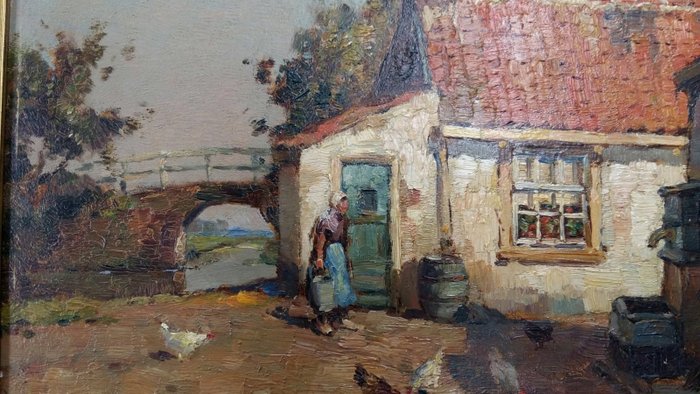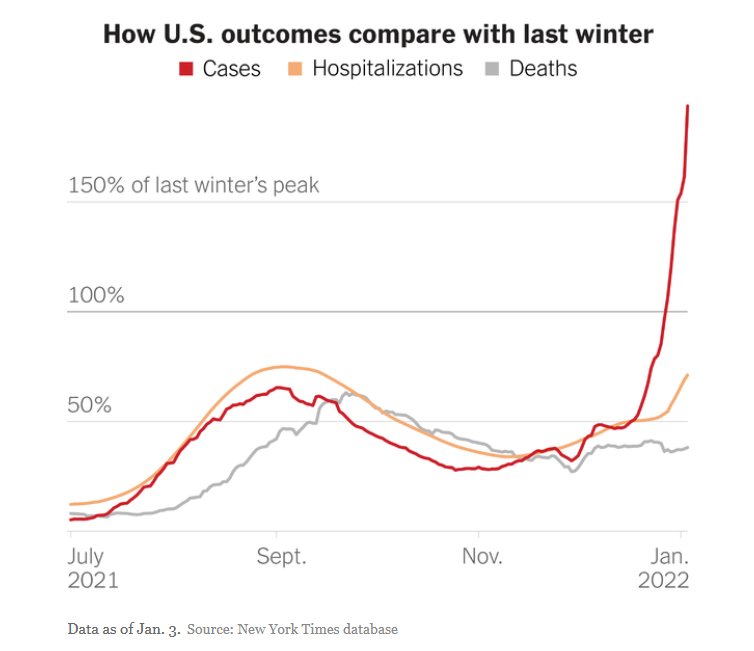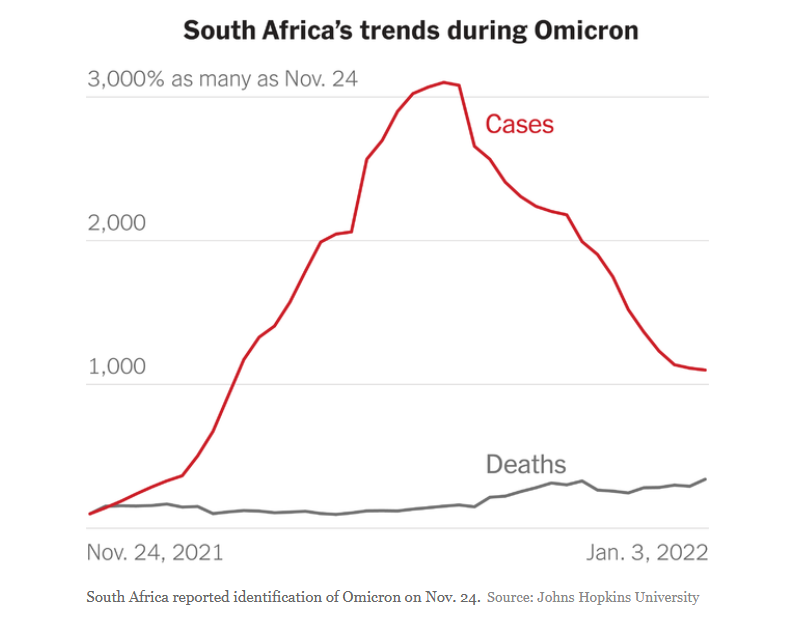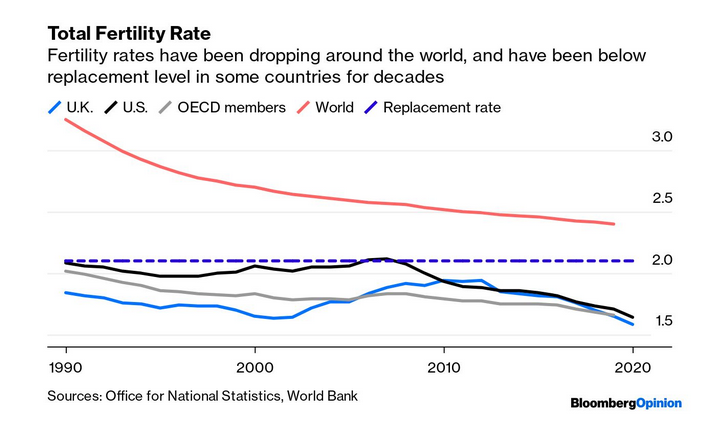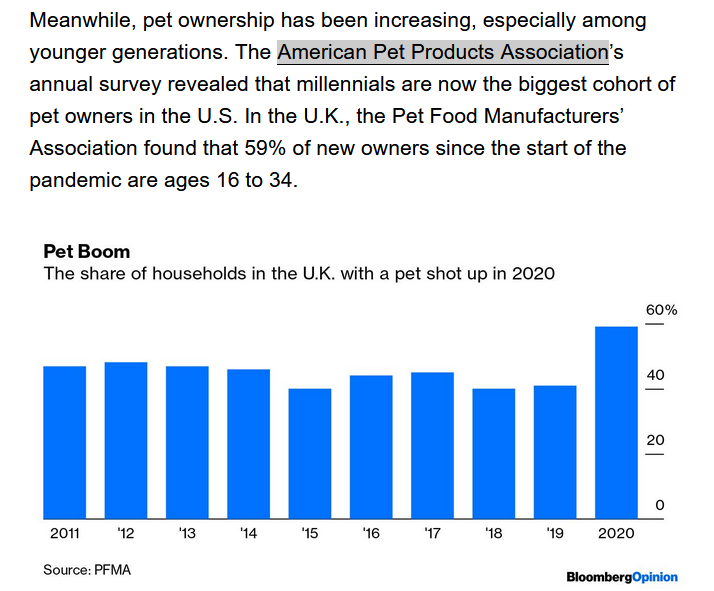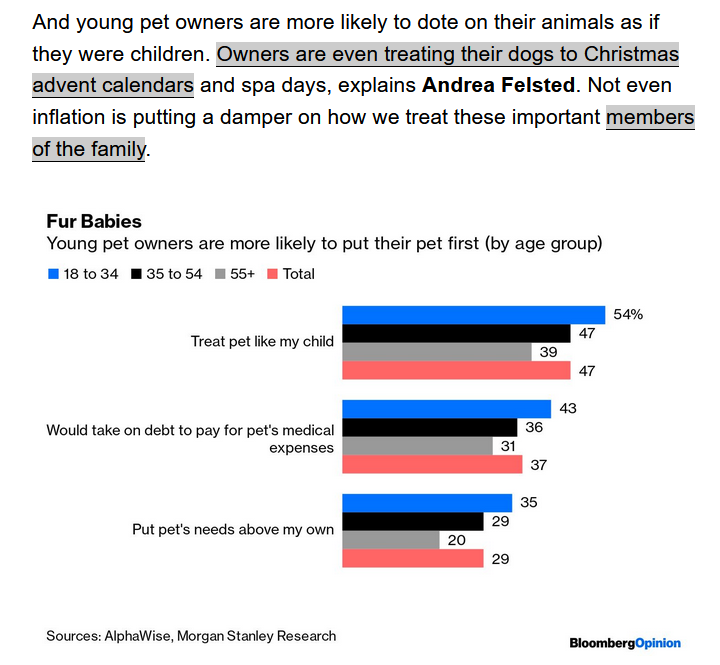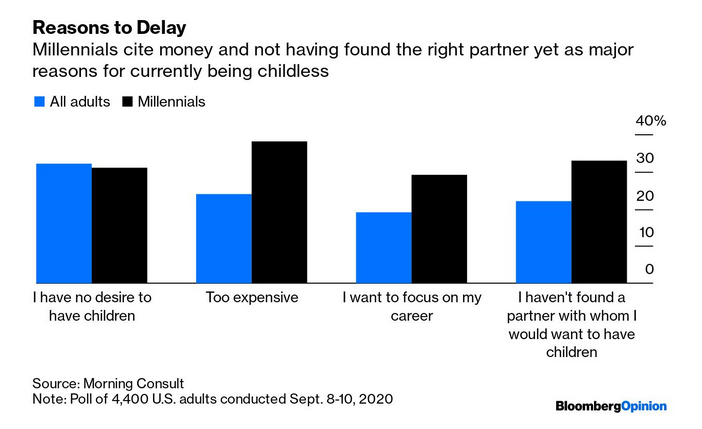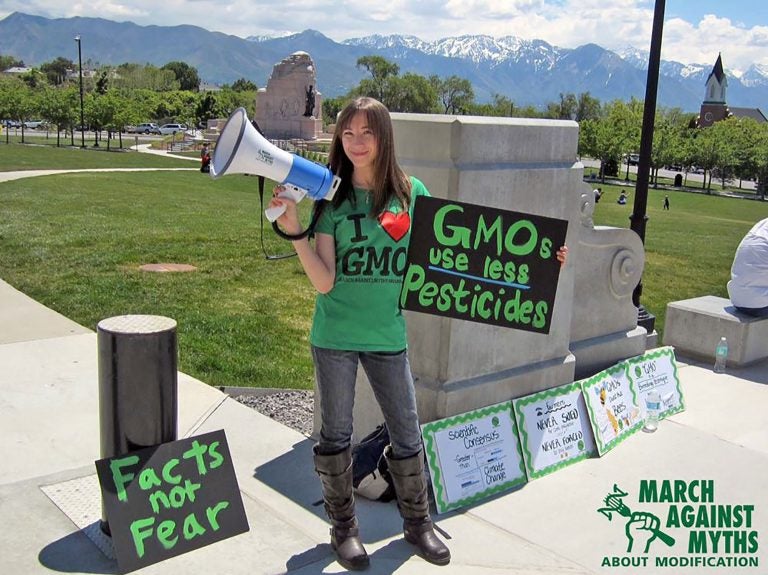|
You
can also view the message online
|
|||||||||||
 Châtenay-Malabry (FR - 92290), January 17, 2021 EFITA newsletter / 1022 - European Federation for Information Technology in Agriculture, Food and the Environment Do not miss the Virus Jokes in English and French The informatique-agricole.org site now offers you the possibility of subscribing the RSS feeds of its two newsletters See RSS feeds to implement to ensure that you continue to receive this newsletter To unsubscribe this newsletter, please contact me directely: guy.waksman(a)laposte.net if this link Unsubscribe does not work. Please note that I changed the presentation of the links that are embedded in the name of the web service. 
To correspond with me (GW), please use this address: guy.waksman(a)laposte.net To subscribe the efita newsletter (please ask your friends and colleagues to test this link) Efita Newsletters subscription Before computers: 1897, Agriculture Tools Sowing Machine Weekly newsletters about ICT in Agriculture in English and French Both newsletters have around 14000 subscribers. >>> Last weekly EFITA Newsletters in English (created in 1999) Efita Newsletters >>> Last weekly AFIA Newsletters in French (created more than 20 years ago in 1997) Afia Newsletters >>> Statistics for the last efita newsletter >>> Last issue of the afia newsletter >>> Last available satistics for the afia newsletter World FIRA 2021 remains open until June 2022 59% of World FIRA 2021's Attendees plan to get back to the platform: All the sessions (keynotes, debates, workshops, demos...) have been recorded and are currently available in replay on the World FIRA 2021 platform until June 2022: to watch them, all you need to do is registering or signing up now for World FIRA 2021. But it's not it! During 6 months, you will have access to the entire features of the platform: job corner, B2B meetings, online exhibitors and more! During the first half of 2022, enriched content will also be made available online. Information will be available soon, stay tuned! See fira-agtech.com "El pan nuestro", 1905, Ramón Frade (US, 1875-1954). Colección Instituto de Cultura Puertorriqueña, San Juan, Puerto Rico FutureFarming.com > Your autosteer retrofit kit in our buying guide? Autosteer technology is a great help for anyone who wants to focus on their work instead of on driving in a straight line. What universal retrofit systems can you choose from in 2022? > Electric systems create new opportunities The Argo Tractors Rex4 Electra – Evolving Hybrid has been designed to enhance the handling, comfort and ease of use of Rex4 tractors. > Field robots: Naïo Orio: new straddle robot platform for large scale growers Naïo Technologies introduced its 4th robot called Orio, a straddle type field robot with a larger working width than well-known robot Dino. > Video: Comparing common- and fixed tramline harvesters During a Dutch field robot demo day two types of harvesters were compared. Read more Autonomous tractors > Sabi Agri offers range of driver-optional electric tractors Sabi Agri, a young French company, is working on a range of electric tractors that can operated by a driver as well as autonomously. > Market trends: Connected agriculture market to reach USD 7.4 billion by 2026 Growing need to increase farm yields and reduce labor and government initiatives are expected to boost the market. > Autonomous tractors: $ 350,000 to develop driverless tractor swarms Barnstorm Agtech, a Canadian ag robotics start-up was awarded a $ 350,000 grant to support development of autonomous driverless tractor swarms. > Video: 4 fascinating farming robots at World FIRA 2021 These 4 robots also attended the World FIRA 2021, some relatively new and some already well-known. See futurefarming.com Virtual farm tours proving successful at keeping students connected It is important for everyone to know where their food comes from, and the virtual farm tour setting is all-inclusive and is especially valuable for students See agdaily.com Carbon Credits, Agtech Investment Trends Among Key Topics Addressed by AGvisorPRO CEO Robert Saik, Founder of AgvisorPro and VISION Conference Advisor, discusses a plethora of hot topics including the uberization of agronomic consulting and carbon credits. See precisionag.com Best Agriculture Apps for 2022 These apps will help you farm smarter and do your job more efficiently this year and beyond. See precisionag.com Russian Peasants by Boris Dmitrievich Grigoriev (RU, 1886-1939) 2021 AgTech Venture Capital Investment and Exit Roundup The number of investments bounced back in 2021 after a steep drop in 2020 due to Covid. See precisionag.com What Does Deere’s Fully Autonomous Tractor Mean for Sustainability in Agriculture? Here are three things you should know about Deere’s autonomous 8R tractor and what they mean for sustainability. See precisionag.com John Deere Reveals Fully Autonomous 8R Tractor During CES 2022 The machine combines Deere’s 8R tractor, TruSet-enabled chisel plow, GPS guidance system, and new advanced technologies. See precisionag.com Russian Peasant Woman by Boris Dmitrievich Grigoriev (RU, 1886-1939) Collaboration & innovation key to developing farmer-focused carbon markets, AFN Carbon markets in agriculture have been at the top of industry headlines, generating buzz about the potential for revenue opportunities for farmers and widespread adoption of regenerative practices to benefit soils and the climate. However, the development of new carbon sequestration marketplaces is complex and challenging, and requires collaboration and innovation at every stage of the process. Companies, policymakers, and organizations in Iowa are leading the way to develop carbon markets and programs that encourage carbon sequestration in farming practices. The growth in the state’s startup ecosystem has sparked even more activity as established industry leaders are collaborating with farmers, researchers, and startups to build programs and opportunities that can benefit farmers, end users, and the planet. .../... >>> Collaboration drives Corteva Agriscience “The carbon marketplace is complex: we need technology enablers, measurement systems, a marketplace, buyers, and much more,” said Judd O’Connor, president, US Commercial Business, Corteva Agriscience. “This is not a zero-sum game; there doesn’t have to be one winner or loser. We are enabling farmers to unlock a market based on practices that are good for their soils, their business, and the planet, which is too much for one company or organization to develop on their own.” Corteva Agriscience will expand its Corteva Carbon Initiative for the 2022 crop year, with a focus on the farmer and building partnerships. The program provides a simple path for farmers to maximize the value of their soil health practices, such as adding cover crops and reducing tillage. .../... >>> Iowa leading the way “Iowa is in a perfect position to lead efforts to build and scale carbon sequestration marketplaces,” said O’Connor. “It is exciting to see the focus on innovation and collaboration from companies of all sizes, world-class researchers at Iowa State, as well as farmers and policymakers.” .../... See agfundernews.com Indonesian aquatech startup eFishery nets $90m in Sequoia, SoftBank-led Series C, AFN, by Jack Ellis Indonesian startup eFishery, which provides technology and services for aquaculture farmers, has raised $90 million in Series C funding. .../... Founded in 2013, eFishery started out by offering a digitally-controlled ‘smart feeder’ for smallholder fish and shrimp farmers in Indonesia. It grew vertically and laterally from this, beginning by linking farmers to feed suppliers and then to other inputs via an online marketplace. It has since moved into financial services, helping its network of farmers secure working capital for their operations. It also links them to buyer markets so that they have more competitive options for selling their produce. “Our upstream technology, eFeeder, optimizes yield days and increases farmers’ production capacity by up to 26% while also optimizing feed efficiency by up to 30% through reducing time and labour costs,” Gibran said. “We also connect farmers with buyers via eFresh, our downstream technology, which increases their purchasing power. As a result, [our] solutions ecosystem lowers operational farming costs and increases the farmers’ income by up to 45%.” .../... See agfundernews.com Data Snapshot: Funding to Agribusiness Marketplaces in India shot up 3x in 2021, AFN, Jack Ellis Indian startups in the Agribusiness Marketplaces category raised a total of $86 million in funding during the last financial year (FY21) – almost three times the $30 million they’d hauled in during FY20, according to AgFunder’s recently published ‘India 2021 Agrifood Startup Investment Report‘. .../... See agfundernews.com FBN launches $25m regenerative ag pilot fund, AFN, by Jack Ellis Online ag marketplace Farmers Business Network (FBN) and nonprofit Environmental Defense Fund (EDF) have teamed up to launch a new credit facility to reward growers who implement sustainable farming practices. The FBN Regenerative Agriculture Finance Fund will offer discounted operating loans to farmers who meet EDF standards for metrics like soil health and nitrogen use efficiency. The $25 million pilot fund is extending one-year lines of credit of up to $5 million to about 40 corn, soybean, and wheat growers in the US. See agfundernews.com Technology solves India’s stubble burning problem, by Malwinder Singh Malhinovembre 18, 2021 …/… It turns out that stubble burning accounts for only 4 percent of New Delhi’s air pollution. When this fact recently appeared in an affidavit to the Supreme Court, Justice D.Y. Chandrachud reacted with surprise: “The cat is out of the bag,” he said. “We are targeting something which is totally insignificant.” brown concrete tower under blue sky during daytimeThe biggest polluters have nothing to do with agriculture. Factory smokestacks, power generators, and vehicle tailpipes produce the vast majority of India’s smog. Even firecrackers play a part. Lighting them is a popular pastime in New Delhi. Farmers have become an easy target. The critics take aim at them, distract us from the real problem and prevent us from thinking about possible solutions. It is foolish to expect stubble burning to disappear without focusing on options for the farmers to use. There is an opportunity for the government, farmers and universities to work together to provide Information that will support adoption of new technologies which have the potential to help farmers shift away from this method. Rather than shout at farmers for burning stubble, we should persuade them to consider alternatives, so they can reduce their 4-percent contribution to India’s air-quality dilemma. Enterprising farmers can turn crop stubble into cattle feed, biomass energy, compost, packing material, fuel, paper, and more. In rural areas, it can become a roofing material. It even can help with mushroom cultivation. Farmers also can take up a direct-seeding technique that I’ve used on my farm for several years. Instead of transplanting seedlings from the nursery, we establish our rice crop from seeds sown directly in the field. With a tractor, we drill seeds directly into the soil. …/… See globalfarmernetwork.org Russian Peasant Girl, by Boris Dmitrievich Grigoriev (RU, 1886-1939), Detroit Institute of Arts Museum How plant-based patties compare to meat burgers in protein quality, by Agdaily Reporters, November 16, 2021 A new study from the University of Illinois and Colorado State University leverages the digestible indispensable amino acid score (DIAAS) system to understand protein quality in beef and pork burgers and plant-based burgers from Impossible and Beyond Meat. Plant-based burgers often promise protein comparable to their animal-based counterparts, but the way protein is expressed on current nutrition labels — a single generic value expressed in grams — can be misleading. That’s because the human body does not use “protein” per se. Instead, it needs essential amino acids, which are present in proteins, but the concentration and digestibility of amino acids are different among protein sources. To account for these differences, a new standard for protein quality, the DIAAS, was developed by the U.N.’s Food and Agriculture Organization (FAO) about a decade ago. It specifically focuses on the digestibility of essential amino acids, and aims to put more accurate tools in the hands of nutritionists and food assistance programs the world over. .../... See agdaily.com New Year, New Introduction, I’m also a proud farmer’s daughter See thefarmersdaughterusa.com 4 Awful Science Journalism Trends That Should Die In 2022, by Cameron English — December 15, 2021 Science journalism is plagued by several critical problems that jeopardize its credibility. If we want the public to be more science-minded, we have to correct these issues sooner rather than later. .../... The media often advance simplistic narratives about very complex topics. That's troublesome because it distorts the public's understanding of those issues, but more so because it distorts how people approach scientific questions more generally. News outlets that distort evidence to suit an agenda give everybody else the perfect excuse to do the same. If we want a scientifically literate population that consistently checks its beliefs against the facts, we in science media have to practice what we preach. See acsh.org GMOs And Colonialism: Billionaires Taking Over The Global Food Supply, Comedian Russell Brand Warns "Why Is Bill Gates Buying Up Stolen Native American Land?" British comedian and actor Russell Brand asked in a recent YouTube video. Relying largely on anti-GMO activist Vandana Shiva, Brand spent nearly 17 minutes warning about the dangers of billionaires taking over the global food system. Here's what he got wrong. .../... It's a nice David vs. Goliath story, but it doesn't square with some easily verifiable facts. As I wrote in a recent story for the Genetic Literacy Project: Never mind that farmers all over the world have expressed their desire to cultivate biotech crops, and some growers will even break the law to acquire them. Also ignore the fact that scientists in the developing world have engineered biotech crops to help farmers in their native countries — such as in Bangladesh where insect-resistant Bt brinjal (eggplant) was distributed at little or no cost to poor farmers. One of the reasons farmers in many developing countries can't get these enhanced seeds is because activists like Shiva and their billionaire backers lobby to keep them out, an effort sometimes referred to as “Green Neo-Colonialism.” It may surprise Russell Brand, but many people in these nations aren't thrilled at the prospect of pests destroying their harvests as they're denied modern tools that could help. Brand strikes me as a thoughtful guy trying to use his celebrity to do some good in the world. Moreover, he's not wrong to express skepticism of the Great Reset, which the World Economic Forum openly acknowledges is about transforming the global economy. But there are thoughtful ways to criticize corporate influence in the world without promoting false and harmful ideas.[1] Brand, it seems to me, hasn't figured out how to do one without the other. See acsh.org Women who eat little meat and dairy put their health at risk, says scientist, The Times, by Ben Webster The health of many young women is being compromised by a lack of vital nutrients in their diet because they consume little or no red meat and dairy products, a senior scientist has warned. Ian Givens, professor of food chain nutrition and director of the Institute for Food, Nutrition and Health at Reading University, said half of females aged between 11 and 18 were consuming below the minimum recommended level of iron and magnesium and a quarter consumed too little iodine, calcium and zinc. He said that young women were more at risk than young men from such deficiencies and this could be because they were “more sensitive to the messages put out about how bad” meat and dairy products were for the environment, meaning more became vegetarian or vegan. See thetimes.co.uk Groningse boerderij, van Van Dulmen Krumpelman (1925-2000) The Living Planet Index The Living Planet Index is usually the biodiversity metric that hits the news. Unfortunately, many of these headlines are wrong because the index is easy to misinterpret. In two of our latest articles we take a look at the impressive work behind the Living Planet Report, and what the Index does (and doesn't) tell us about global biodiversity loss. What is economic growth? And why is it so important? In this article we answer the question, "What is economic growth?" We also discuss what the data on economic growth tells us about our history and humanity's ongoing battle against poverty. Atmospheric- and Low-Level Methane Abatement via an Earth-Abundant Catalyst, by Rebecca J. Brenneis, Eric P. Johnson, Wenbo Shi, and Desiree L. Plata* Climate action scenarios that limit changes in global temperature to less than 1.5 °C require methane controls, yet there are no abatement technologies effective for the treatment of low-level methane. Here, we describe the use of a biomimetic copper zeolite capable of converting atmospheric- and low-level methane at relatively low temperatures (e.g., 200–300 °C) in simulated air. Depending on the duty cycle, 40%, over 60%, or complete conversion could be achieved (via a two-step process at 450 °C activation and 200 °C reaction or a short and long activation under isothermal 310 °C conditions, respectively). Improved performance at longer activation was attributed to active site evolution, as determined by X-ray diffraction. The conversion rate increased over a range of methane concentrations (0.00019–2%), indicating the potential to abate methane from any sub-flammable stream. Finally, the uncompromised catalyst turnover for 300 h in simulated air illustrates the promise of using low-cost, earth-abundant materials to mitigate methane and slow the pace of climate change. See pubs.acs.org MIT engineers develop a new way to remove carbon dioxide from air, David Chandler, MIT News Office, October 24, 2019 The process could work on the gas at any concentrations, from power plant emissions to open air. See news.mit.edu Katzenstreu kann das Methanproblem lösen Ingenieurinnen vom Massachusetts Institute of Technology haben eine Methode entwickelt, um das besonders klimaschädliche Gas Methan zu binden. Als Basis dient einfacher Ton aus Zeolith, bekannt als Material für Katzenstreu. Sehen Der Spiegel Boeren erf, van Louis Soonius ( 1883 - 1956 )
Omicron, less lethal (1) (source Bloomberg newsletter) Omicron, less lethal (2) (source Bloomberg newsletter) Mercifully, annual U.S. home fires, along with their related injuries and deaths, have roughly halved over the past forty years (humanprogress.com newsletter) > Less US home structure fires > Less fire related deaths and injuries Perspective: This pesticide ‘research’ is short on data, big on hype, By Jack DeWitt, November 24, 2021 My region is finally getting some rain, after going seven months without any meaningful precipitation. Very welcome, and also gives me an excuse to stay indoors and tackle some of those magazines that have piled up on my desk over the summer. I picked up a Scientific American that came last August and thumbed my way to page 12, where alarm bells rang. The two-page article was titled, Pesticides are Killing Our Soils. And the sub-title declared, “They harm worms, beetles and thousands of other vital subterranean species.” It was written by Nathan Donley, director for the Center for Biological Diversity, and Tari Gunstone, research assistant at the center. When the word “pesticides” is used in Scientific American, it usually means bad hype for those of us who grow crops. .../... See agdaily.com Eureka Moments: Professor Andrew Balmford, Cambridge University Andrew Balmford's moment of discovery, which he shared with Professor Rhys Green, was the realization that the best way to conserve wild nature would almost certainly be to keep large areas of high-yielding agriculture completely separate from large areas of land completely committed to biodiversity conservation. This is known as land-sparing, in contrast to the alternative strategy of doing agriculture and conservation in more or less the same spatial area - land-sharing. See Professor Andrew Balmford, Cambridge University Victims of the Unvaccinated, Jan 5, 2022, by Peter Singer When both a vaccinated and an unvaccinated patient with COVID-19 need the last available bed in a hospital’s intensive care unit, the vaccinated patient should get it. Those who view vaccination as a “personal choice” need to bear personal responsibility for choosing to place others’ lives at risk. .../... After the announced date, when both a vaccinated and an unvaccinated patient with COVID-19 need the last available bed in the intensive care unit, the vaccinated patient should get it. If the last ICU bed is given to an unvaccinated patient because at the time there was no one else who needed it, and a vaccinated patient with a greater or equal need for the facility then arrives, the bed should be reallocated to the vaccinated patient. The unvaccinated patient, or the family of that patient, may object. But if the move is in accord with a previously announced policy, and everyone had the opportunity to be vaccinated before the policy took effect, people who make choices that are likely to harm others, and have been warned of the consequences of those choices, must take responsibility for them. Hospitals with sufficient capacity should, of course, continue to treat unvaccinated patients with COVID-19 as best they can. Despite the extra strain this puts on hospital staff, everyone should have sufficient compassion to try to save lives, even when those whose lives need saving have made foolish, selfish choices. .../... See project-syndicate.org Falling birth rates worldwide (Source: Bloomberg Newsletter) And in parallel, the boom in pets (and pet food) Priority to my pet Reasons for postponing the arrival of children The Beggars or The Cripples, 1568, by Pieter Bruegel The Elder
Total life years, then, is the combination of population growth and increase in life expectancy. In the last 220 years, life expectancy increased by 157 percent, and the population increased by 680 percent. Multiply those together, and you find that life years increased by 1,903 percent. Each additional life year means more time to innovate, trade, and ultimately improve the lives of others. Farmer's Daughter: Why I no longer oppose a national bioengineered label, by Amanda Zaluckyj, The Farmer’s Daughter USA (January 07, 2022) This columnist is welcoming the bioengineering labeling requirement on food products -- and she'll support companies that use it. .../... I was finally convinced the national labeling law was the right approach when I first saw the USDA’s BE label. The agency ditched the loaded “GMO” term and replaced it with the more neutral terms “bioengineered” and “bioengineering.” Instead of a skull and crossbones, the icon is bright, happy, and emphasizes the technology’s sustainability link. The label isn’t a warning; it’s a signal of something good! Will it silence the activists who want to end the use of biotechnology? Nope, they’re still complaining (which is proof this was never about the public’s “right to know”). They’ll continue to complain, too. And as long as they can squeeze money from their donors, they’ll continue lying to the public about the alleged dangers and perils of GMOs. But I’m predicting this will be the end of the anti-GMO movement’s power. If consumers want to avoid BE crops, they can look for products without the label. The label will soon become mainstream and normal. It’ll be a regular part of our groceries and people will stop worrying about it. So I’m welcoming the BE labeling requirement. I’m excited to see it for the first time on my groceries, and I’ll make sure to support companies that use it. The Hay Wain - La Charrette de foin, 1821, par John Constable, National Gallery de Londres. Sunday: a day of rest Many people know that Sunday means a day of rest and in the countryside little opens. There are always a few exceptions, however. This Irish joke is sure to get a few laughs in the pub! Liam had left Dublin to go up to Belfast for a bit of skydiving. Late on Sunday evening, he was found in a tree by a farmer. “What happened?” said the farmer Liam replied, “My parachute failed to open!” “Well!” said the farmer, “if you had asked the locals before you jumped, they would have told you nothing opens here on a Sunday!”
The distribution of this efita newsletter is sponsored by vitisphere.com Please, contribute to the content of your efita newsletter, and advertise your events, new publications, new products and new project in this newsletter. Without your support, it will not survive! Contact: Guy WAKSMAN E-mail: guy.waksman(a)laposte.net To read this newsletter on our web site See Efita The archives of this newsletter See Efita About the EFITA mailing list You can use the efita moderated list (> 15000 subscribers) to announce any event / product / web site / joke (!) related to IT in agriculture, environment, food industry and rural areas. If you want to subscribe a friend, please fill in his form. If you do not wish to receive our messages, please fill in the following form... |











